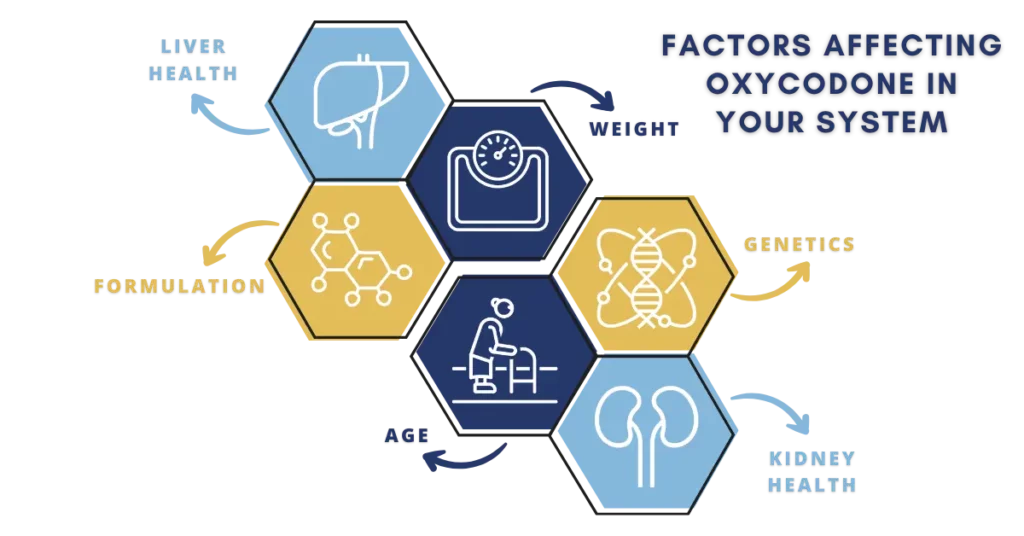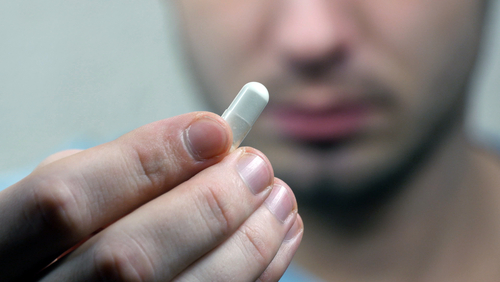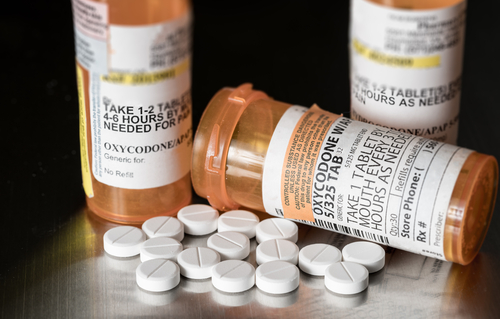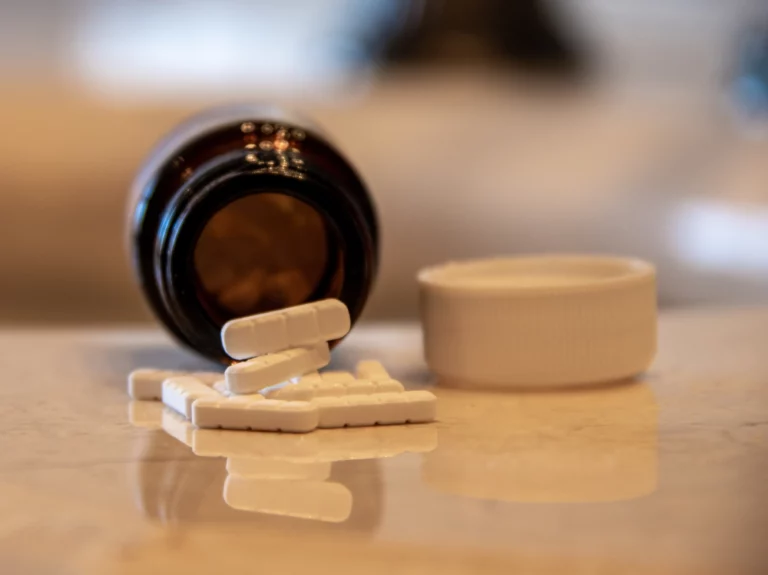How Long Does Oxycodone Stay in Your System?
How long does oxycodone stay in your system? Oxycodone is a potent pain reliever often prescribed for moderate to severe pain. It falls under the category of narcotic drugs called opioids. It connects to opioid receptors in the brain and spinal cord, diminishing pain signals. Knowing the duration of oxycodone in your system and the factors that impact its elimination is crucial, as it can have significant implications for your health.
Knowing the duration of oxycodone in the body can help healthcare providers determine appropriate dosages and frequency of administration. In addition, people using oxycodone may face withdrawal symptoms if they abruptly stop taking the drug. This can be risky if not handled carefully.
This blog aims to give information about oxycodone, including its duration in the body, factors influencing how the drug is eliminated, and withdrawal symptoms. Let’s get started!
How Does Oxycodone Work?
Oxycodone activates opioid receptors, mainly in the brain and central nervous system. When these receptors are activated, they help to reduce the perception of pain and increase feelings of relaxation. This is why oxycodone is commonly prescribed to manage moderate to severe pain. Oxycodone is also a central nervous system depressant, which slows down the activity of the brain and body. Oxycodone acts on specific receptors in the brain, known as GABA receptors, which help inhibit nerve cell activity. This can be dangerous when taken in high doses, as it can cause:
- Respiratory depression
- Slowed breathing
- Potentially fatal consequences
How Long Does It Take for Oxycodone to Work?
It’s essential for people who use oxycodone for pain management to know how long it takes for oxycodone to start working. The working of oxycodone depends on its formulation. It is available in different formulations, including immediate-release and long-acting formulations.
Immediate-Release Oxycodone
Immediate-release oxycodone starts working within 10 to 30 minutes of ingestion. After ingestion, the effects will last for about 4-6 hours.
Long-Acting Oxycodone
Long-acting oxycodone, or extended-release oxycodone, can take several hours to start working. While it takes longer to start working, it can relieve pain for 12 to 24 hours.
How Long Does Oxycodone Stay in Your System?
Oxycodone is often prescribed to manage moderate to severe pain. Like other opioids, oxycodone has the potential for abuse and dependence. One characteristic of oxycodone that contributes to its abuse potential is its short-acting nature. Short-acting opioids are designed to provide relatively fast pain relief, but their effects tend to wear off relatively quickly.

Factors Affecting Oxycodone Staying in Your System
The time it takes for oxycodone to work can be affected by different factors such as weight, age, health, dose, and administration method. Here are some of the critical factors to consider:
Liver Health
As oxycodone is primarily metabolized in the liver, any liver problems may lead to a prolonged elimination time for oxycodone.
Kidney Health
If you have kidney issues, oxycodone may accumulate in your system and take longer to be eliminated.
Formulation
The type of oxycodone formulation can also impact how long it stays in the system. Immediate-release formulations are typically eliminated faster than extended-release formulations.
Age
As people age, their livers and kidneys may not work as well. It can affect how quickly oxycodone is eliminated from their body.
Weight
A person’s weight can impact how long oxycodone stays in the system. People with more body fat may process the drug slower than people with less body fat.
Genetics
Certain genetic factors can impact how quickly the body metabolizes oxycodone. Variations in genes that code for certain liver enzymes can cause some people to break down the drug more rapidly or slowly than others.
It’s vital to keep these factors in mind when taking oxycodone. These can impact the drug’s effectiveness and potential for side effects. It’s always best to talk to a healthcare provider if you have concerns about the effects of oxycodone.
Detection Methods of Oxycodone
Oxycodone is commonly abused due to its euphoric effects. Due to its potential for abuse, it is crucial to detect oxycodone in the body. There are several methods of detection for oxycodone, including:
Urine Test
Urine tests are the most common method of detecting oxycodone. This method can detect oxycodone for up to 3-4 days after use. Urine tests are often used in drug testing programs for employment or legal purposes. These are non-invasive and can be administered on-site or in a laboratory.
Blood Test
Blood tests also help to detect oxycodone in the bloodstream. This method can detect oxycodone for up to 24 hours after use. This method is typically used in a medical setting, such as during surgery, to monitor the levels of oxycodone in the body. It can also detect recent drug use in a forensic environment.
Hair Follicle Test
Hair follicle tests can also be used to detect oxycodone. This is a less common method. It is usually used in a forensic setting to detect long-term drug use. Hair tests can detect oxycodone for up to 90 days after use. This method involves taking a small sample of hair and testing it for oxycodone metabolites.

Oxycodone Withdrawal
With prolonged Oxycodone usage, people can develop a physical dependence on the drug. When someone taking oxycodone for a long time suddenly stops, they may have withdrawal symptoms. Withdrawal symptoms are physical and psychological symptoms when a person stops using a drug.
The physical dependence on oxycodone means that the body is used to having the drug in it and needs it to work properly. When the drug is taken away suddenly, the body may need time to change, which can cause withdrawal symptoms.
Symptoms of Oxycodone Withdrawal
Oxycodone withdrawal refers to the physical and psychological symptoms that occur when an individual using oxycodone suddenly stops or reduces their drug use. Oxycodone withdrawal can be challenging and uncomfortable as the body goes through a period of readjustment after dependence has developed. It’s important to note that the severity and duration of oxycodone withdrawal symptoms can vary depending on various factors, including the time and dose of oxycodone use, individual physiology, and other factors. Common symptoms of oxycodone withdrawal may include:
- Diarrhea
- Agitation
- Nausea
- Sweating
- Vomiting
- Yawning
- Insomnia
- Irritability
- Anxiety
- Depression
- Runny nose
- Goosebumps
- Dilated pupils
- Muscle aches & pains
- Abdominal cramping
Timeline for Oxycodone Withdrawal
Oxycodone withdrawal symptoms begin within 8-12 hours of the last dose and peak around the third day. After the first week, the symptoms may start to subside, but they may last for several weeks or months. The timeline for oxycodone withdrawal can vary depending on a variety of factors, including:
- Individual’s overall health
- Duration of oxycodone use
- Dosage and other personal factors
Oxycodone withdrawal can be more dangerous for people with pre-existing medical conditions. It’s always recommended to seek medical advice before stopping any medication abruptly. Medical professionals can gradually guide tapering off the drug and provide support to manage withdrawal symptoms.
What Is the Half-Life of Oxycodone?
When a drug enters the body, it doesn’t go away immediately. Instead, it takes time for the body to break down and process the drug. The half-life is a way to measure this process. It is how long it takes the body to get rid of half of the drug.
Oxycodone’s half-life can differ based on age, weight, liver function, and other medicines being taken. On average, oxycodone’s half-life is between 3 and 4 hours which means it takes the body 3 to 4 hours to eliminate half of the drug.
Even though the half-life can give a rough idea of how long a drug will stay in the body, it is not always true for every person. Some people might break down the drug faster or slower than others. How long oxycodone stays in your system can also depend on how much you take and how often you take it.

Begin Your Road to Recovery at Louisville Recovery Center
At Louisville Recovery Center, we provide comprehensive addiction treatment plans and educational resources for individuals struggling with opioid use disorder or prescription medication dependencies. We understand that finding the right treatment center can be a daunting task. Our experienced clinicians and licensed practitioners are here to support you in achieving your sobriety goals and giving you the best possible treatment options. We offer a range of care options, including partial hospitalization, intensive outpatient programs, dual diagnosis, and aftercare services.
We are committed to delivering the personalized care you need for successful treatment. Contact us today and start your journey towards recovery and wellness with Louisville Recovery Center.







